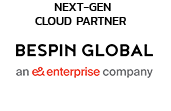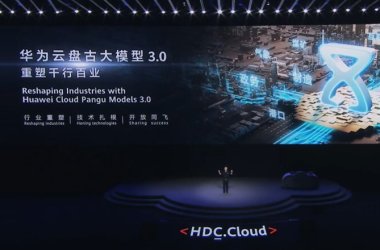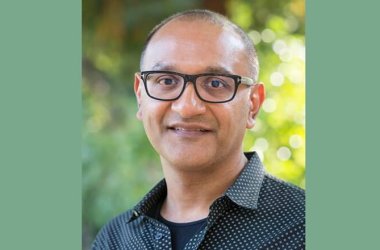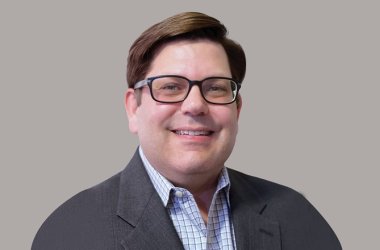CNME Editor Mark Forker spoke to Todd Zerbe, Senior Vice President, Engineering at Avaya, during their ENGAGE conference in Orlando, Florida, to find out more about the transformation the company is taking under the direction of CEO Alan Masarek. 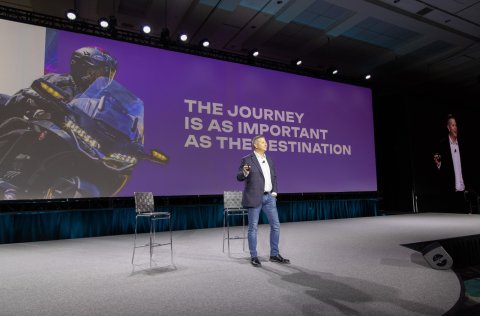
Todd Zerbe has enjoyed a decorated 25-year career in software development, one which has seen him hold senior executive positions at companies like Interactive Intelligence Group, Genesys and Blackboard.
In June 2021, he joined Avaya, and was tasked with the responsibility of identifying, designing and developing cutting-edge technology that drives value to global customers as part of the Avaya OneCloud experience platform.
In a candid exchange, Zerbe acknowledged that prior to joining the company Avaya’s engineering team had become stagnant from an innovation standpoint.
“Look, I think it’s fair to say that historically, the engineering group at Avaya had got a reputation for not delivering on innovation, and had a real lack of delivery. One of the biggest focuses for us was to firstly determine what our strategy was in terms of what we want to deliver. In order to achieve a reliable backlog, then you need a reliable strategy to deliver on all that. I’m a big believer in development pipelines, and you really need to have stable pipelines because that’s where everybody does their integration,” said Zerbe.
Zerbe added that they have increased their focus on stabling their main line, creating metrics around Dev escapes, availability around their cloud platforms, and doubling down on more disciplined execution within development.
“We measure our feature output and dates. We look at it from a percentage perspective of how many dates did we hit, how many did we miss, and how many features did we deliver? Our delivery was well, well below 50%, but now we’re delivering at around 85% now on time, so when we say we are going to deliver something in June, 85% of the time we’re hitting that target. However, we want to get closer to 95%, but we’re confident we can achieve that and we are certainly going in the right direction,” said Zerbe.
Zerbe added that whilst it might sound relatively straightforward to some, in reality it is very difficult, especially when you have so many different dependencies and sub-systems.
“Everybody has differing priority lists, and you’re trying to get all that stuff together, but it’s a challenge. We’ve been trying to push full-stack teams, so we can reduce and cut down the number of dependencies we have, so a lot of what we are doing is focused around process and execution. Architecture is a hugely important component too, because if you don’t have good quality then it is going to create a drag, and if you don’t have good architecture then it’s going to make it very difficult to add features because you don’t have the right extensible architecture required, so we’ve been really focused on all of these things,” said Zerbe.
Zerbe also disclosed that they have established a set of cloud principles that they are pushing to their teams.
“We haven’t had that cloud DNA in the company, and some of the principles we have created are things like basic fall tolerance such as zero downtime upgrades, it’s very basic, but it’s a very important tenant of cloud. We also need elasticity, which is critical when you go to things like dedicated instances. You have to be able to scale down as much as you scale up, so you’re not consuming that compute, and that allows you to be more effective at doing things like dedicated instances, and being able to provide reasonable price points,” said Zerbe.
Zerbe pointed out the importance of independent deployability and highlighted its importance in a number of different areas like agility.
“One of the key things for us, considering we are doing this consume from the cloud off your existing platform, is ensuring that users are consuming the parts that they want to consume. They need to be able to scale separately, and be able to deploy separately, and that really helps with that clarity over, I just want to consume your digital, or consume your media, or consume whatever it is you need to consume,” said Zerbe.
Composability was a buzzword for a long time at Avaya, but as the company moves in a different direction it’s a term that is being phased out.
“In the past we spoke a lot about composability, but we don’t really use that term anymore, and I wasn’t really a fan of that term composability because the way we were trying to use it was from a CPaaS perspective, and we are really moving away from the whole idea of CPaaS,” said Zerbe.
Zerbe praised the role played by Avaya CEO Alan Masarek in really driving the company in a different direction in a bid to recapture some of the trust that has been lost by some in the brand.
“We have rationalised a lot of our portfolio, and we have become more focused. I think you are really going to see a different Avaya in terms of execution. There’s a lot of different pieces to execute on, you need your sales onboard – and you have to be consistent about your strategy and everyone has to got to be on the one page,” said Zerbe.
Zerbe conceded that it’s natural for some to be resistant to change, but again praised Masarek for his ability to really hammer home the company’s new messaging.
“Avaya has had a long history of different acquisitions, and has launched so many different products, so it’s only natural when you’re used to selling a certain product in a certain way that there will be some friction. The one thing that Alan is really good at is saying the same thing over and over again. He’s really able to cascade our messaging to our customers and partners, and it has had the desired effect. I really do feel that you are looking at a new Avaya,” said Zerbe.
Zerbe concluded an excellent discussion by highlighting its roadmap.
“We have done high-level roadmaps and there is a diagram we always show people, now I think it’s really simple, but it’s been interesting for me to see some of the reaction, because it’s not simple when you show it to folks. I think about our roadmap pretty simply. You have our AXP, which is our go forward, and you’ve got AEC, which is basically taking that legacy Aura and lifting it into the cloud, but orchestrating it as a real cloud. The one thing in the middle of that is something that I have talked a lot about, which is AXP Connect. That allows you to get AXP capabilities over the top of AEC, so if you’re already an Aura customer, and you don’t want to rip and replace then this gives you a way of doing that, and that is the perfect illustration of innovation without disruption. At the end of the day, those are our two go forward motions, it’s AEC and AXP, end of story,” said Zerbe.

